Visiting the Cathedral of the Holy Trinity at Gibraltar I spent some quiet time admiring the architecture of this very beautiful Cathedral in August of 2001. No one else was there except a few members of the Clergy. As streams of brilliant light poured in through the remarkably shaped windows, my eyes traced the open forms of the arches high above and fell upon the manifold decorative accents located throughout the building. This particular photograph gives another view of the ornate pipe organ just above the entrance to the Cathedral, showcasing some of the magnificent detail and rich hues of the casework and pipes. The colors and shapes are magnified by rows of flags which accent the sides of the main sanctuary. One notices the memorable effects of light and shadow in a space such as this, with the high ceiling providing a natural reflection towards Heaven and an attendant call to prayer.
0 Comments
Visiting the Cathedral of the Holy Trinity at Gibraltar The pipe organ sits above the entrance to the Cathedral and provides a very decorative counterpoint to the magnificent walls and stately white columns. The organ case is comprised of dark wood fitted with colorful organ pipes painted in blue, turquoise and gold hues, adding immensely to the exotic charm of the interior. High above are soaring arches which catch the eye and blend smooth forms with the light-filled atmosphere provided by the large windows. There are neat blends of colors from ivory, pure white, light gray, cream and gold interwoven with the dark wood benches and a noble array of colorful flags and festive banners along the sides of the main sanctuary. I spent some time here admiring the beauty and serenity of this lovely Cathedral, thinking about the history of Gibraltar and beginning to fathom the longevity of both this building and King's Chapel just a short distance away. It was a supremely quiet day, filled with marvelous introspection and grand respect for local custom and culture.
A Visit to the Cathedral of the Holy Trinity at Gibraltar In August of 2001 I visited Gibraltar and managed to spend some time at both King's Chapel and the Cathedral of the Holy Trinity. The official title of the cathedral is "The Cathedral for the Church of England Diocese of Gibraltar in Europe." This magnificent structure displays the prominent influence of Moorish revival architecture, exhibiting "horseshoe arches," splendid decorative elements and very beautiful columns. Originally, King's Chapel was set aside primarily for use by the military, so it was thought prudent to erect a new house of worship for the civilian sector of the local population. Work began on the cathedral in 1825, reaching completion in 1832, with the building consecrated in 1838 and assigned cathedral status in 1842. The building sustained significant damage in April 1951 when the RFA Bedenham accidentally exploded in Gibraltar harbor. The RFA Bedenham was a Naval armament carrier which was offloading depth charges to a smaller craft when one of the depth charges ignited, causing a fire which spread and caused a violent explosion. Both King's Chapel and the Cathedral have been restored and are today in an excellent state of preservation.
A Visit to King's Chapel at Gibraltar, August 2001 I spent 30 to 45 minutes in the splendor of King's Chapel, admiring the spectacular architecture and observing all of the marvelously decorative elements in this very beautiful place of worship. One can almost feel the pulse of history which courses through these glorious surroundings, as if in one moment one may envision the many years of service provided in this remarkable space. As the building was badly damaged during the Great Siege of Gibraltar from 1779 to 1783, it is a wonder that these walls and ceilings have not only survived but also been the dedicated object of considerable renewal, preservation and restoration. During my visit here I was not disturbed by anyone and spent the entire time in quiet repose and methodical thought, glad of my opportunity to see this Chapel in person and to glean its importance in the history of Gibraltar, its people and its cultural surroundings.
A Visit to King's Chapel at Gibraltar, August 2001 In my last post I mentioned visiting King's Chapel and the Cathedral of the Holy Trinity at Gibraltar in August of 2001. Here is another journal entry dated Friday, 31 August, written while I was living and working in Algeciras, Spain with an international team. "The windows and ceilings were bathed in light at the Chapel and the Cathedral. Both had interestingly designed pipe organs. I prayed at the Chapel. At both Churches I was the only one there. Time for reflection and encouragement!"
History of King's Chapel The Chapel adjoins the Governor of Gibraltar's residence, The Convent. Originally the building was part of a Franciscan friary, with the Chapel built in the 1530's. The Chapel was given to the Church of England by the British after the capture of Gibraltar in 1704. Military memorials and heraldic flags adorn the interior, with many memorials dedicated to members of the British Armed Forces. There are also tombs and memorials to past governors and their wives. The building was badly damaged during the Great Siege of Gibraltar (1779-83), and also damaged more recently in April, 1951 by an accidental explosion of a ship in Gibraltar harbor. Extensive restoration has been made with new stained glass windows installed in 1952 and repairs to the remarkably decorative ceilings and walls. The Chapel is used by the Army, Royal Navy, and Royal Air Force and is open to the public for services and visitation. A Fascinating Connection with Lord Cardigan In his 1953 book entitled "The Reason Why," author Cecil Woodham-Smith relates an interesting bit of history regarding Lord Cardigan, Major-General James Thomas Brudenell (1797-1868), 7th Earl of Cardigan, KCB. This officer led the Charge of the Light Brigade at the Battle of Balaclava in October of 1854, during the Crimean War. Lord Cardigan commanded the Light Cavalry Brigade, under the direction of Commander-in-Chief General Lord Raglan and Cavalry Commander Lt-General Lord Lucan. Woodham-Smith writes that Lord Cardigan's second marriage took place at the Chapel when he married Miss Adeline de Horsey, relating that "...in the course of a cruise in Lord Cardigan's magnificent yacht the marriage took place in September, 1858, at the Military Chapel, Gibraltar; Mr. de Burgh was a witness." Further historical information on Lord Cardigan and the Light Brigade can be obtained through consulting Mark Adkin's book entitled "The Charge: The Real Reason Why the Light Brigade Was Lost" published in 1996, and Terry Brighton's book entitled "Hell Riders: The Truth about the Charge of the Light Brigade" published in 2004, containing many first-person accounts. 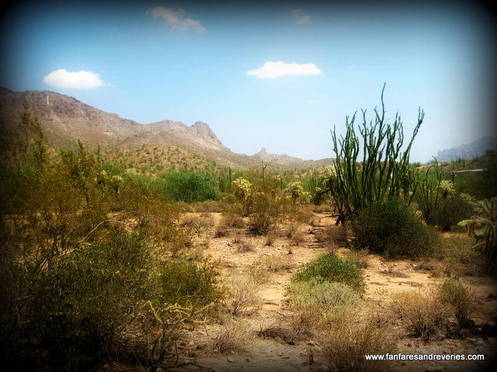 The Arizona Desert often resembles an exotic scene portrayed in Mysterious Island. The Arizona Desert often resembles an exotic scene portrayed in Mysterious Island. Island Caves & A Giant Bird The island survivors battle a giant bird (a prehistoric phororhacos), providing a thrilling moment when Herbert (Michael Callan) heroically jumps upon the large creature and subdues it, rescuing Elena (Beth Rogan), Lady Mary (Joan Greenwood), and Mr. Spilitt (Gary Merrill). Ray Harryhausen's special effects are superlative in this sequence, all orchestrated to coincide with the masterful score by composer Bernard Herrmann. Herrmann found an organ fugue written by composer J. L. Krebs and utilizes this thematic material to underscore the drama of contending with an otherworldly creature in such a marvelously tropical, fantastic environment. After winning the furious battle, the survivors speculate, "I wonder how many minutes it would take to cook in a slow oven?" The group manages to make a meal out of the bird and enjoys a fabulous repast in the relative safety and comfort of their lofty cave-home. Neb (Dan Jackson) humorously suggests that if it had not been for Herbert's heroic action, "Mr. Spilitt would have been in the inside cutting out instead of on the outside cutting in!" A Hidden Cove & the Nautilus After Herbert and Elena narrowly escape becoming permanently trapped in a giant beehive with enormous bees, they both fall through the upper reaches of a cavern and manage to discover a hidden grotto beneath. Here they both spot the strangely beautiful and mysterious submarine "Nautilus," the legendary craft commanded by Capt. Nemo. This is a highly evocative scene with neat atmosphere and very colorful set design. Ray Harryhausen reveals in his accompanying film documentary that the beautiful model of the Nautilus was actually about 8 to 10 feet long, just as impressive as the model featured by Disney for "20,000 Leagues Under the Sea" released in 1954. As Herbert and Elena gingerly inspect the abandoned Nautilus, Elena worries that they will be discovered and urges Herbert to curtail his curiosity. Before they leave, we catch a glimpse of the rich interior of the Nautilus, the gold and burgundy color scheme contrasted with subdued portions of blue-gray, marvelous circular portholes, lovely draperies, a library of scholarly books, maps, candles, and an imposing pipe organ at the end of the room. This is one of the most beautiful sets I have ever seen in a Science Fiction/ Fantasy film. Pirates and the First Appearance of Capt. Nemo (Herbert Lom) When a sailing ship appears just off shore, some of the island survivors instinctively wish to signal their presence upon the island, but Capt. Harding (Michael Craig) wisely orders no signal to be given until they can determine what type of vessel this may be. Through the use of a telescope, Capt. Harding observes the skull & crossbones, revealing this ship to be commanded by a group of pirates. The survivors try to hide all indications of their presence on the island, but the pirates come ashore and accidentally discover signs of recent human activity. Lady Mary trips while bringing a rifle to Capt. Harding, sending a loud report from the lofty cave high above the sandy beach. Immediately a battle begins as the survivors defend their island against the approaching menace. The pirate crew notices the location of the cave and begins to blast away at "The Granite House" with volleys of cannon fire, seriously damaging the structure of the cave. Just as the pirates seem to be winning and enjoying a victory celebration, a huge explosion takes place under the water adjacent to the pirate ship, causing the vessel to sink in just a few minutes with the loss of all hands aboard. Although the island survivors are glad to see the pirates defeated, they are baffled as to the cause of their sudden demise. It is at this point that Capt. Nemo makes his first appearance to Herbert on the beach, emerging from the ocean in his unique underwater gear, looking like some otherworldly apparition unbeknownst to man. Herbert wisely tells Elena to flee as he alone faces this very strange sight. Capt. Nemo commands Herbert to "Put that down!", noting the small knife which the soldier bravely brandishes in his defense. "Very well, keep it if it gives you some comfort," relates Nemo in his marvelous accent and smoothly resonant tone of voice. The other island survivors appear and stand alongside Herbert, curious as to who this unusual apparition might be. Nemo introduces himself and knows each one of the islanders by name, speaking to Lady Mary, "I'm not quite the ogre I appear." Suddenly everything is made clear as the islanders realize that Capt. Nemo was on the island all along, secretly monitoring them and even helping when they faced numerous challenges. Nemo explains that, "Contact with my own species has always disappointed me. Solitude gives me freedom of mind and independence of action." 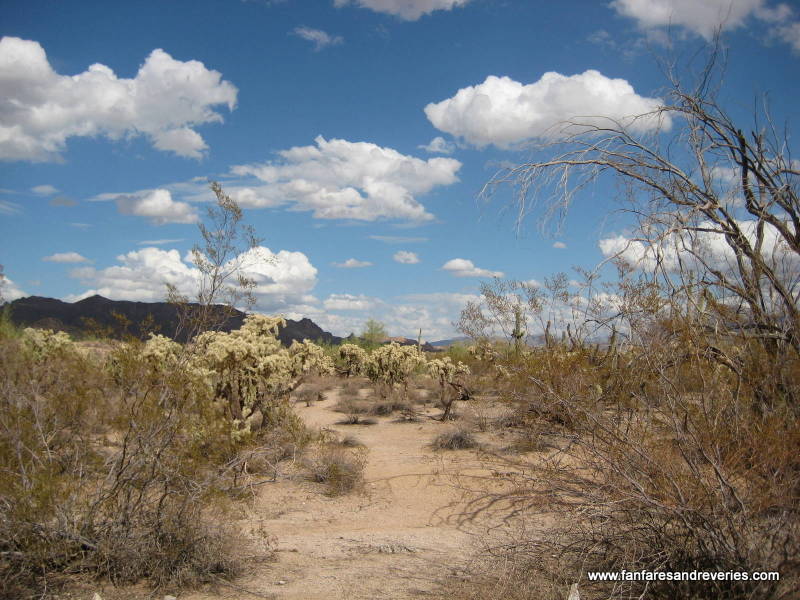
There are windswept days in the Arizona Desert where seemingly every color of the spectrum may be examined upon close inspection. This particular area is just north of McKellips Road and Crismon Road in East Mesa, an area where Usery Mountain Regional Park stands adjacent to Tonto National Forest. After a period of seasonal rain, it is amazing to see how green this area becomes, bursting with lime-green, yellow-green, emerald green and dozens of other varieties of spectacular hues. When the desert is dry, one notices the rust-colors, the tans, the yellow ochres, the bleached greys, faded green hues and ashen rocks. The wildlife also exhibits great variety of color, from flashy iridescent hummingbirds to motley colored songbirds and rustic desert quail. Once I visited a Park nearby and witnessed Harris hawks sailing high overhead, looking like noble black falcons on a cerulean blue sky. I am reminded of a phrase coined by American artist Wolf Kahn, a gifted painter and fantastic landscape artist. Kahn once told a group of Drew University art students that he was intrigued by "the tangles of nature," those outdoor spectacles we notice when we truly study and observe the natural environment which surrounds us. The Arizona Desert is indeed such an environment, filled with tangles and colorful spectacles stretching from the desert floor all the way to the blue-grey, purple and lavender mountain peaks.
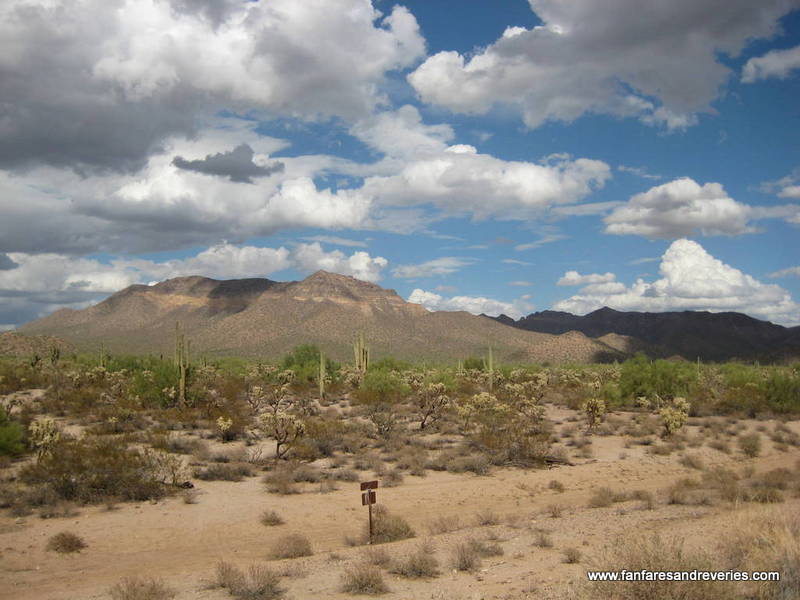 I love the contrasts between light & shadow upon the desert mountains of Arizona. This area is known as Usery Mountain Regional Park, located just 20 minutes from my home in Mesa. The Park encompasses 3,648 acres and is situated at the western end of the Goldfield Mountains, adjacent to the Tonto National Forest. Pass Mountain rises to 2,840 feet and features a spectacular hiking trail which allows views of 70 or more miles into the distance beyond. The lower Sonoran Desert is a fascinating place offering a wealth of rich color and a diverse variety of flora & fauna. On a bright day with palatial clouds sailing overhead, you can absorb the pulse and atmosphere of this remarkable environment. As you take in the sweet birdsong and distant calls of wildlife, for just a moment you begin to absorb the manifold beauties of the wilderness preserve. |
Author
|
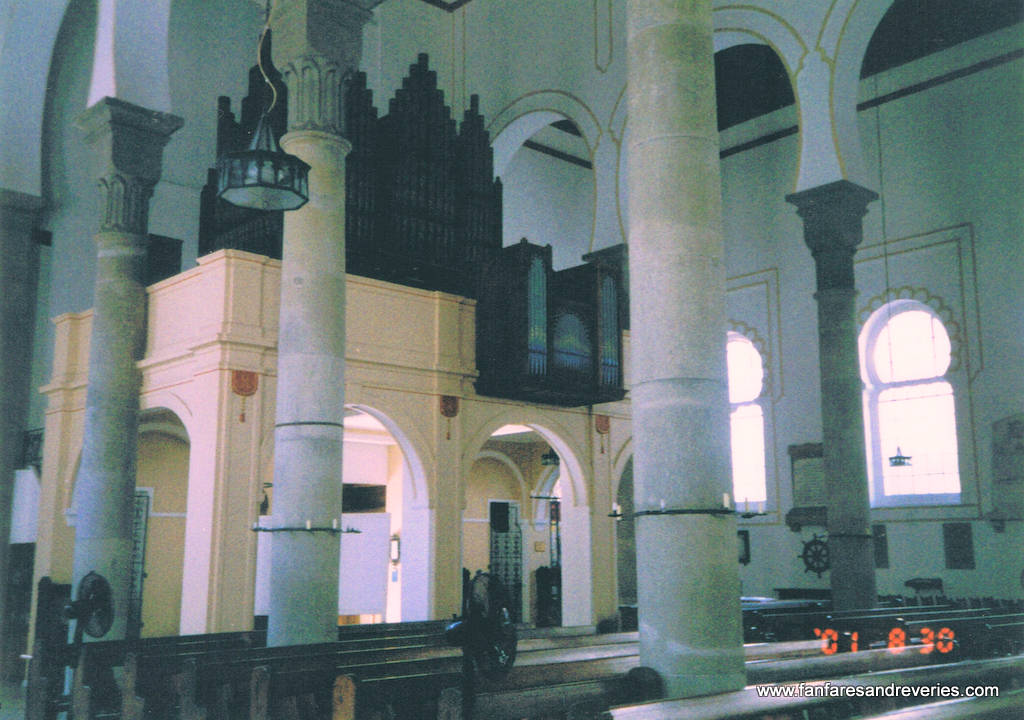
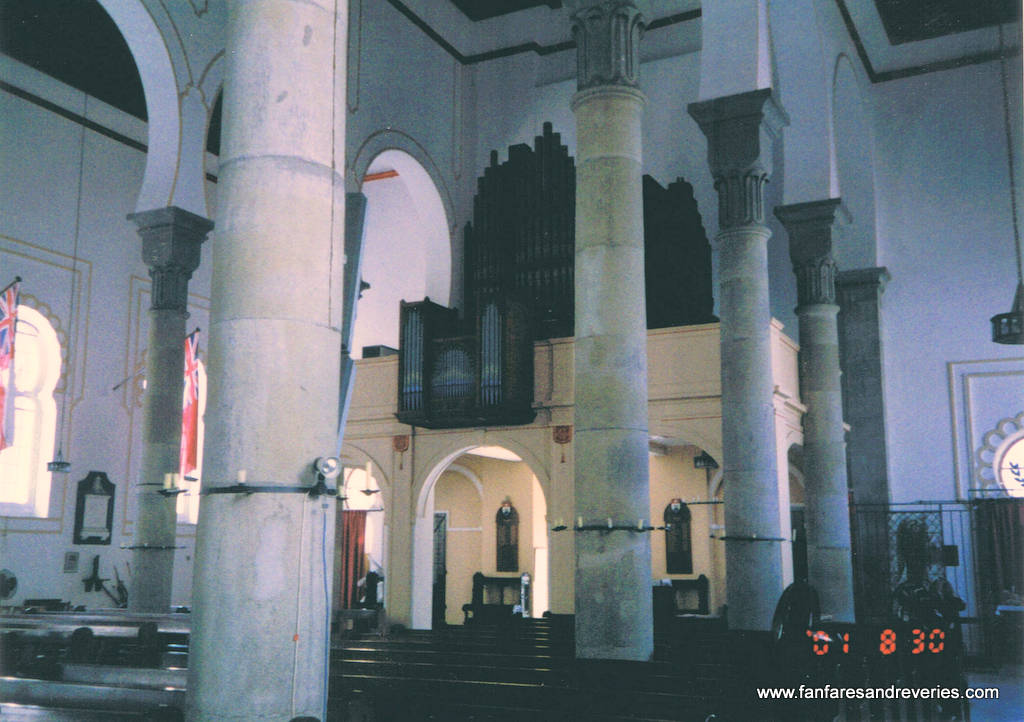
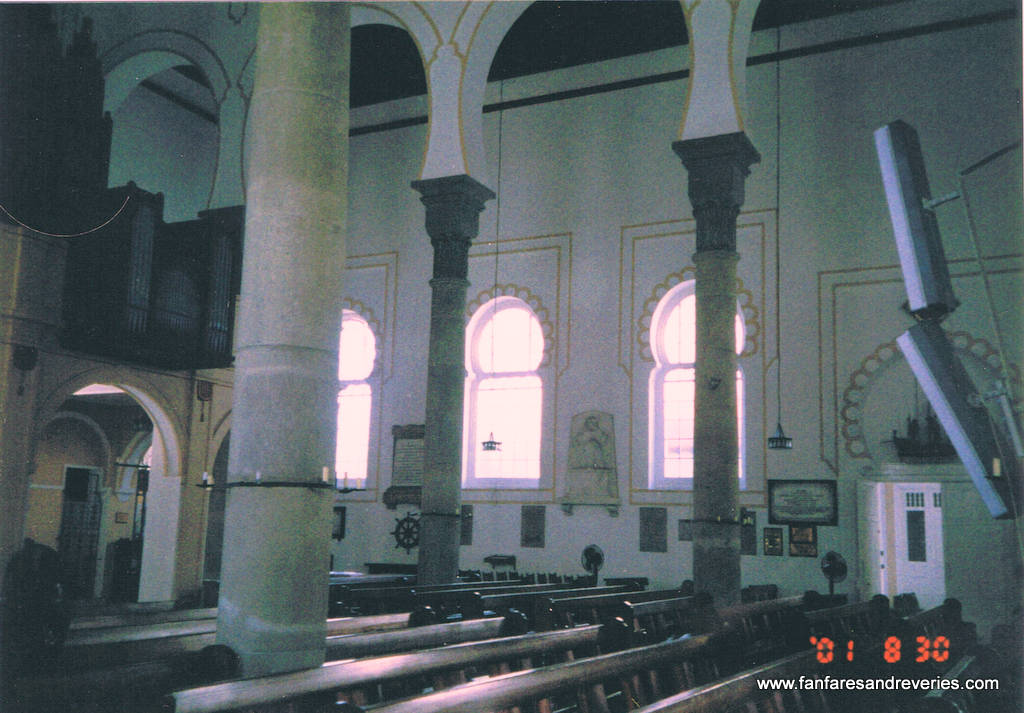
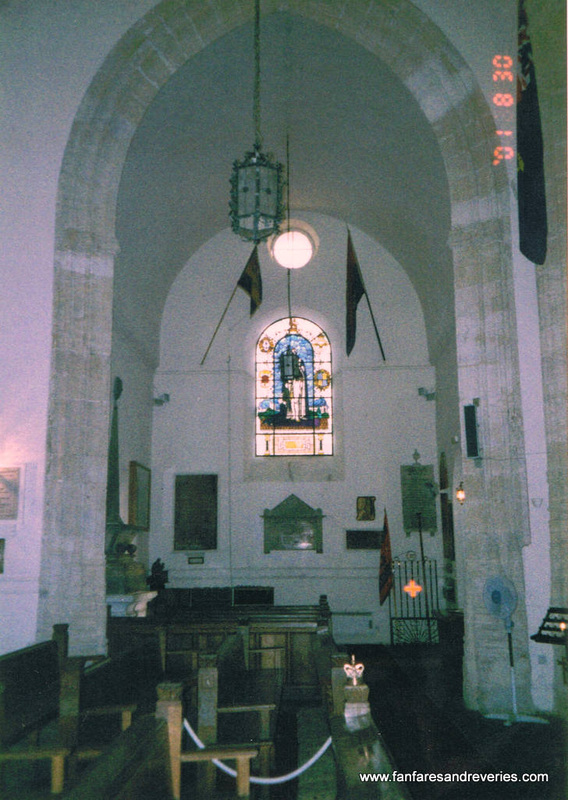
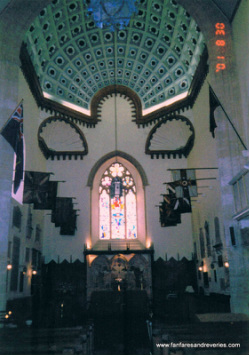
 RSS Feed
RSS Feed